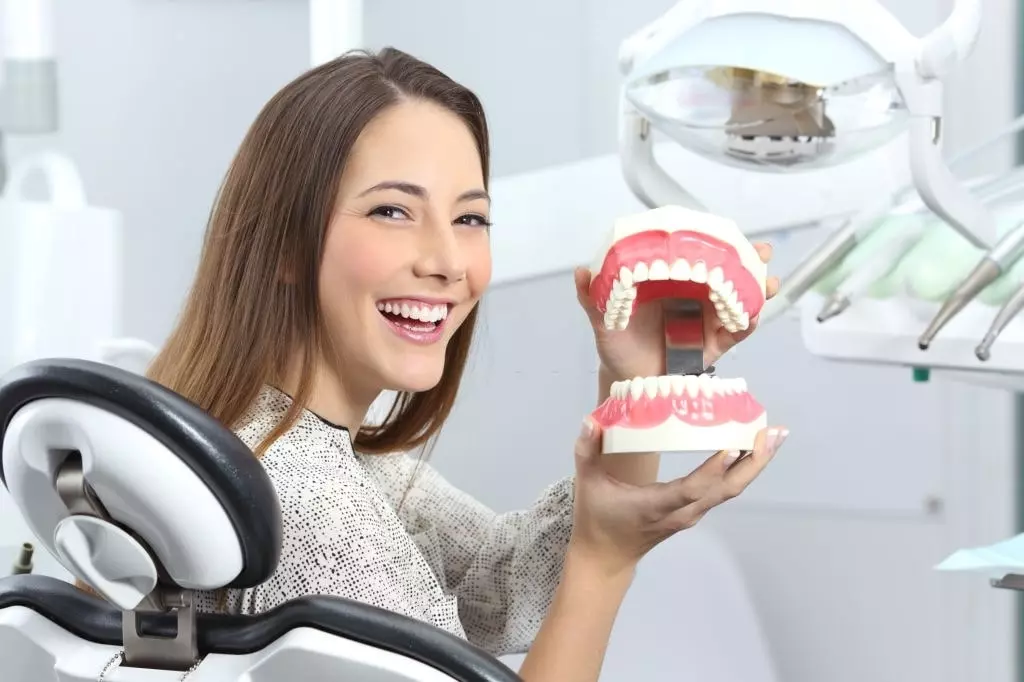Although Periodontitis is a common oral health complication, some people fail to seek medical attention in time. This is because they are unaware they have the condition until it becomes severe causing harsh symptoms. However, just like any other treatment, early analysis is critical in making the treatment option effective and can avoid severe symptoms.
The Woodlands Periodontist at Scott Young DDS can help you recognize early signs of periodontal disease and advise you to seek early treatment to manage the condition effectively. Here are the top five symptoms to help you know you have periodontitis:
1 You Have Red Swollen Gums
The first sign that should draw your attention to your gums is when they become red and swollen. Gum disease begins with inflammation along your gum line. As a result, you can experience tenderness or pain in the gums, along with bleeding when you brush or floss.
2 A Foul Smell From Your Mouth
If you experience bad breath, this is an indication of periodontitis. Your mouth creates a good environment for bacteria development through its warm and wet conditions. If you have plaque between your teeth, it is far better for the bacteria to develop as they feed on the plaques. The bacteria releases toxins that irritate your teeth and gum, producing a foul smell. Besides, your bad breath can also be an indication of other complications such as gingivitis.
3 Gum Decreases in Size
If you have gums that get smaller over time, they are shrinking, which can be due to periodontitis. If they are looking longer than they used to be, they are not growing. This can be a condition known as receding gums which occurs when your gums start to separate from the tooth when your jawbone breaks down.
4 Teeth Sensitivity
If you become winced with a sip of a cold drink, you should pay attention, as your teeth may be telling you something. In common cases, this symptom of periodontitis goes in hand with shrinking gums. With the receding gums, your tooth’s sensitive part is exposed, making it sensitive to cold substances and air.
5 Shifting Teeth
If your smile looks different of late, your teeth might be wiggling due to periodontal disease. When gum disease attacks your bones which hold the teeth in place, it can make them loose or move. As a result, it can change how your teeth fit together and also their position.
What You Ought to Do?
The first thing you should do if you notice the above symptoms is to seek expert care from your dentist. After your provider examines your condition, they will know where to start. However, you can do the following to improve your oral health alongside other instructions and treatment from your dentists:
- Brush your teeth and floss daily to help eliminate food particles and plaques between your teeth.
- Quit smoking as it is strongly associated with the onset of periodontal disease.
- Use genuine fluoride toothpaste to help reduce some symptoms of periodontitis, such as bad breath.
- Consider a therapeutic mouthwash as it can help reduce plaque and reduce the speed of tartar development.
If you have the above issues and are not sure about the periodontal disease, your provider at Scott Young DDS can help diagnose your condition and help you manage it.







